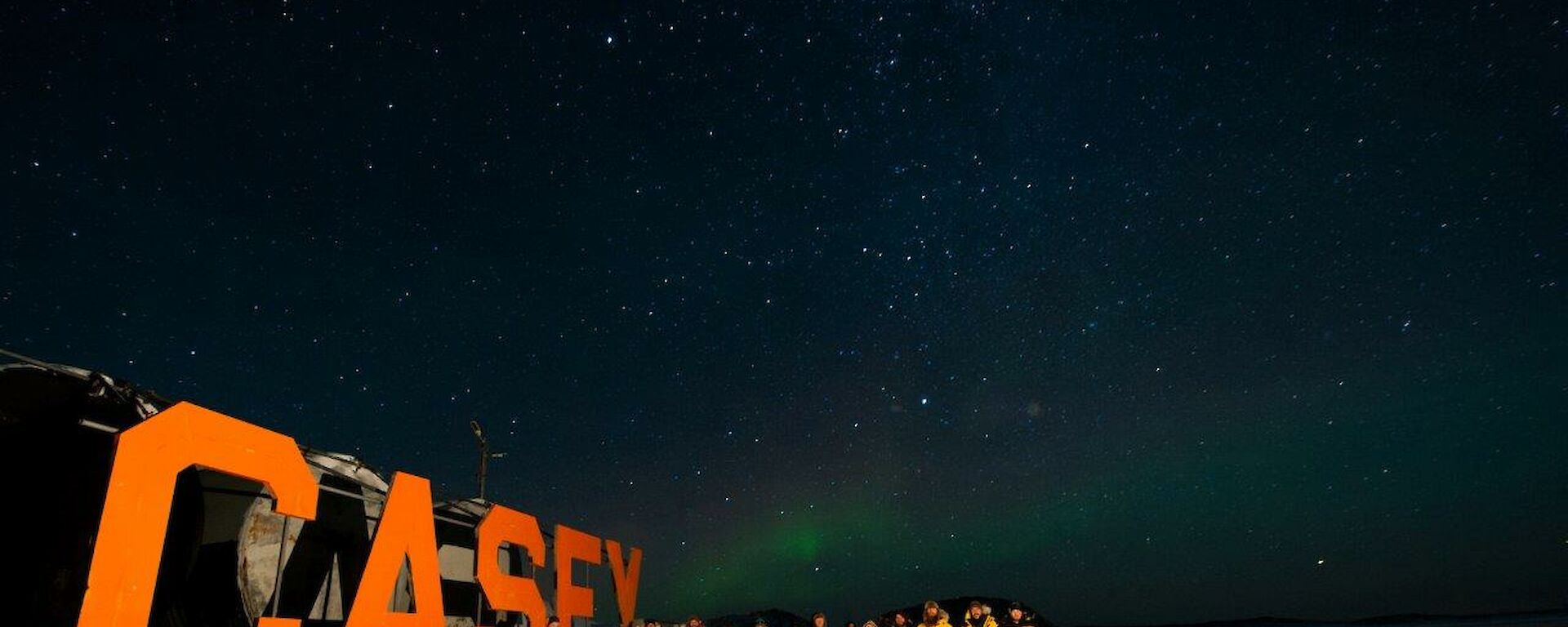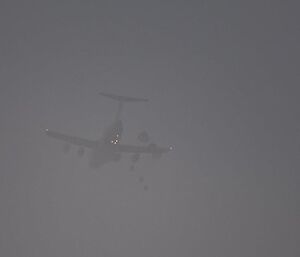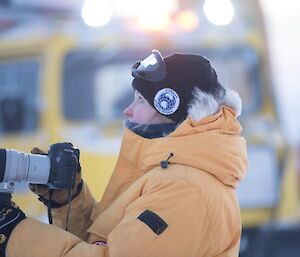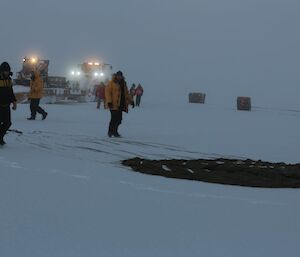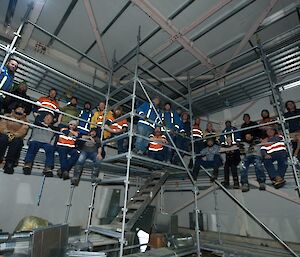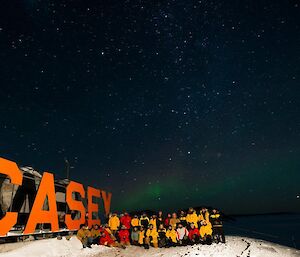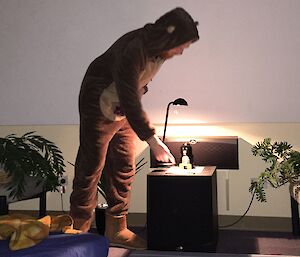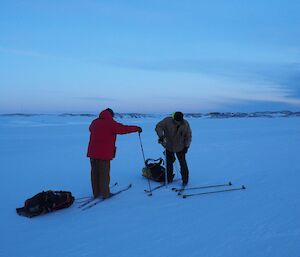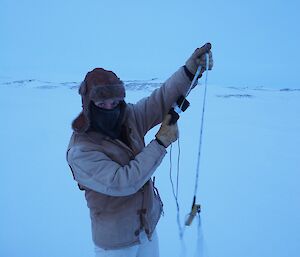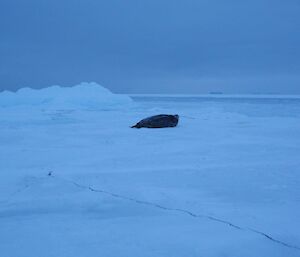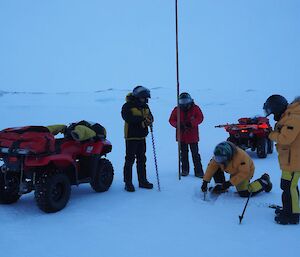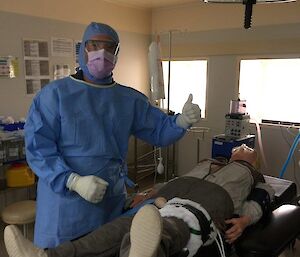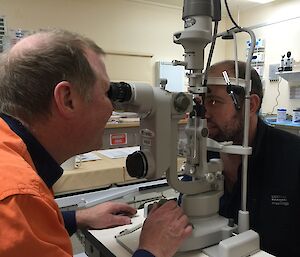Spending a winter in an extreme and unique environment like Antarctica certainly has its challenges! The outside environment is hostile, evidenced by the fact that nearly all of the wildlife leaves for winter and no food grows here; we are completely dependent on technology and imported goods like diesel and food to survive; we can’t just leave if something goes wrong; our loved ones are thousands of kilometres away; and we are forced to interact with the same small group of people every day. Yet despite these challenges, plenty of people choose to come down here to live and work, and they come back time after time (one doctor has spent eleven winters down here!). Why is that, and how do they stay healthy and happy?
I’ve just finished studying a subject called Human Behaviour in Extreme Environments, part of my Graduate Diploma in Public Health in Rural and Polar Medicine, a degree which has been designed and is partly run by doctors at the AAD’s Polar Medicine Unit.
A large focus of the subject was how to help people cope with the inevitable stressors that are part and parcel of living and working in a place like this. The first and possibly most important step is selecting people who are likely to do well in Antarctica, which includes those with good social skills who can tolerate periods of monotony and restriction. Next, those selected undergo predeparture group education on how to get along with others which includes teamwork, effective communication, and conflict resolution; training in other areas like fire fighting and boating which helps the team learn to work together; and opportunities to bond in a relaxed, social environment in the evenings. In addition, station doctors undergo a day of mental health training focusing on some of the issues that can arise in Antarctica like sleeping disturbances which are very common, and anxiety and depression.
Another area that the unit focused on was the impact on the family of being separated (particularly partners and children), and how preparing and supporting the family for separation and facilitating communication can help the expeditioner as well as the family. The Australian Antarctic Division has an Expeditioner Liaison and Support Officer, an Employee Assistance Program, and there is a Family and Friends Association, which are all really useful resources.
Once in Antarctica the fun really begins! Maintaining a daily and weekly routine with regular mealtimes and work hours as well as weekly meetings and events like formal dinner; breaking the year into smaller chunks by celebrating occasions like birthdays and milestones like Midwinter (which we are all getting really excited about here!); striking a good work-life balance with efforts to separate the two (sometimes tricky, given that we live in our workplace); providing space for privacy; practicing good self-care with regular exercise and sleep; communicating with family and friends and home; and supporting each other, are all strategies that really help. If someone is struggling then they have access to the station doctor at any time, and to mental health experts via telephone.
Psychologically, the year in Antarctica doesn’t end on the expeditioner’s last day on the continent. The reunion and reintegration period after their return can be tricky to negotiate as both the expeditioner and those who have stayed behind at home will have changed, so preparing for that adjustment is also important.
So why do people come here? For the thrill of being in one of the most pristine, untouched and remote places in the world, to experience the grandeur of the environment, to challenge themselves, to work as part of a team with like-minded people, and to get away from traffic, insects, heat waves and debt collectors!

